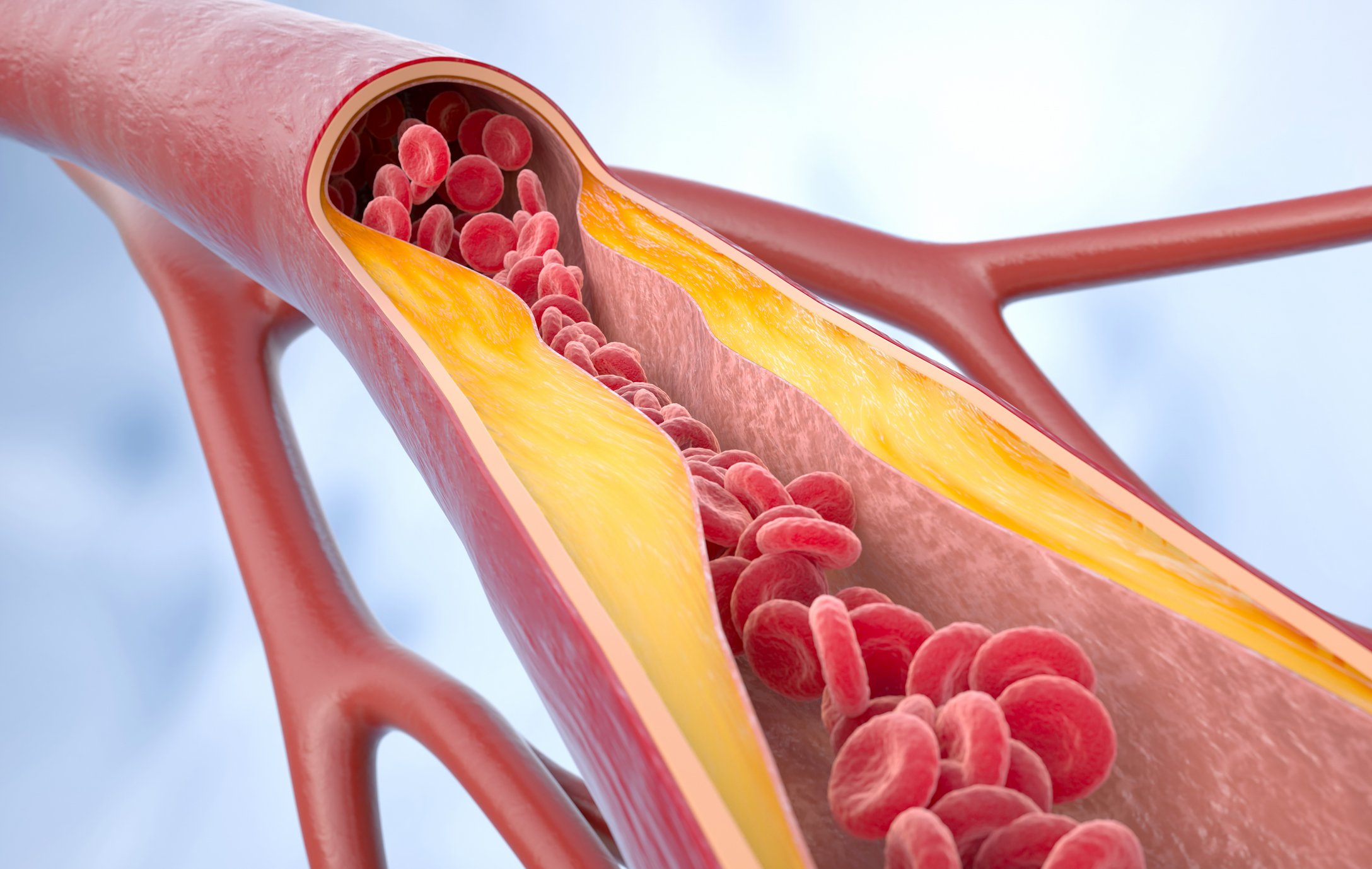Epilepsies are common and they may present with comorbid seizure- or epilepsy-associated psychopathological phenomena. Mental symptoms may manifest before the seizure (preictal), as a seizure symptom itself (ictal), after the seizure (postictal), and between seizures (interictal). Postictal psychosis may be misinterpreted as genuine psychosis because of the lucid interval. New-generation antidepressants in low or moderate doses can also be used in existing epilepsy and, if indicated, should not be withheld from the patient. Antiepileptic drugs may have positive or negative psychotropic effects. This must be considered in the differential diagnosis and ruled out before therapy is initiated.
Epilepsy is one of the most common neurological disorders with a prevalence of 0.7-0.8% [1]. The disease can be associated with a significant impact on the experience and daily structure of the affected person, which sometimes affects the quality of life more than the seizures themselves [2]. The majority of people with epilepsy do not present with additional psychopathological problems, but complex psychiatric symptomatology is more common than in the general population, especially in chronic refractory epilepsy. Mental disorders may be comorbid with epilepsy, seizure-associated, or epilepsy-associated.
Comorbid disorders
Common comorbid disorders (in the sense of occurring independently) in epilepsy are anxiety disorders and depression. In children, attention and hyperactivity disorder is also reported as a more common comorbid disorder [3]. In depression in particular, there is debate as to whether the co-occurrence of the two disorders is merely a coincidence or whether common neuropathogenic mechanisms are also present [4]. The symptomatology of these comorbidities is not elaborated below; it corresponds to the usual classification systems of mental disorders.
Periiictal psychic phenomena
Mental phenomena that occur in temporal relation to epileptic seizures are classified as preictal or prodromal (before the seizure), ictal, postictal, or interictal (in the phase between seizures). Differentially, pre-, peri-, and postictal phenomena occur briefly, paroxysmally, and in a stereotyped course. It is important to understand that in addition to the well-known somatosensory, sensory, and motor symptoms, psychological phenomena can also appear as an ictal correlate. In terms of localization, in ictal panic epileptogenic neuronal discharges usually originate in right mesial temporal lobe structures, and in depersonalization phenomena in amygdala-cingulate circuits of the non-dominant hemisphere [5]. In psychotic symptoms and thought disorders, the hippocampus and, in aggressive behavior, amygdala-diencephalic circuits of the nondominant hemisphere are thought to be the origin, but this is also controversial. There is also no consensus on the origin localization and lateralization of depressive ictal symptomatology [5].
Postictal symptoms include dysphoric moods and psychotic episodes. In particular, postictal psychotic states may occur after single but especially after serial epileptic seizures, typically after a lucid (symptom-free) interval of a few hours to a few days. The duration is usually limited to hours to a few days. The symptom-free interval often leads to the connection between the epileptic seizure and the postictal psychotic episode not being recognized and the symptoms thus being misinterpreted as genuine psychosis. The result may be unnecessarily prolonged neuroleptic treatment. On the other hand, short-term neuroleptic treatment is indicated at best, e.g., in cases of severe agitation or behavioral disturbances.
Interictal disorders
The International League Against Epilepsy lists cognitive dysfunction including memory impairment, psychosis in epilepsy, affective-somatoform disorders, anxiety disorders and phobias, and personality disorders as interictal mental disorders in epilepsy [6].
Cognitive impairment: Cognitive impairment in people with epilepsy is multifactorial and depends on the location and duration of epileptiform neuronal discharges, underlying neuropathology, age at onset, or the influence of anticonvulsant medication [7,8]. The cognitive disorders may be associated with difficulties in everyday life as well as with a reduction in coping resources in dealing with the disease. Inadequate adherence to medication is also sometimes contributed to by cognitive deficits (e.g., memory, planning). This must be taken into account when interpreting patient behavior.
In addition, the “Theory of Mind”, i.e. the ability to form assumptions about mental and affective states of oneself and the counterpart, may be impaired, which unfavorably affects social interaction [9].
Psychotic states: psychotic episodes are more commonly observed in temporal lobe epilepsies, occasionally in frontal lobe epilepsies [10]. Symptomatology includes paranoid, grandiose, or religious delusions, hallucinations, confusion, increased drive, and affective changes. Compared to schizophrenic psychoses, epileptic psychoses rarely show negative symptoms. In connection with the occurrence of psychotic episodes after sudden freedom from seizures (successful antiepileptic treatment, neurosurgical intervention), the concept of “forced normalization” was advocated by Landolt, and psychiatrists described the symptomatology as “alternative psychosis” [11]. The concept has been further developed into, among other things, the hypothesis of an inhibitory effect of epileptiform neuronal activity on psychotic and possibly also depressive or emotionally unstable symptomatology [12].
Depression: Depressive mood states are more common interictally in refractory epilepsy. Blumer developed the concept of an atypical form of depression in epilepsy called “interictal dysphoric disorder” (IDD). The symptomatology of IDD includes intermittent affective-somatoform symptomatology with depressed mood, lack of energy, pain, insomnia (or hypersomnia), irritability, brief episodes of euphoric mood, situational fear, and anxiety. Diagnosis requires the presence of at least three of the above symptoms [13]. Suicidality rates are estimated to be approximately three times higher in people with epilepsy than in the general population, especially with additional psychiatric comorbidity [14].
Depressive disorders are often not adequately treated with medication in the presence of epilepsy because of fears of proconvulsive side effects of antidepressants. With cautious and gradual dosing of newer-generation antidepressants at low-to-moderate doses, thymoleptic treatment is considered safe in epilepsy. Beforehand, it should be evaluated whether antiepileptic drugs with psychotropic unfavorable effects can be replaced by agents with mood-stabilizing effects. Depending on the desired effect, the use of sedative, sleep-regulating or drive-regulating substances from the SSRI or SNRI range is then recommended for the appropriate indication [15].
Anxiety disorders: Several forms of anxiety can be significant in people with epilepsy. One is generalized anxiety disorder, panic attacks, or social phobias. Social withdrawal behavior is sometimes also the result of a fear of stigmatization due to epilepsy. Fear of injury in the event of a seizure or feelings of shame if a seizure occurs in public may also result in restriction of activities, up to and including leaving the house only when accompanied. Seizure-phobic-avoidant behavior may persist even after epilepsy surgery with achieved seizure freedom. Psychotherapy is the treatment of first choice, taking into account the family dynamics. In addition, vocational re-integration should be an essential part of the overall treatment to avoid regressive developments. Benzodiazepines, prescribed as a backup medication for epileptic seizures, are also sometimes taken as self-medication for anxiety due to their anxiolytic effect. This poses a risk of developing benzodiazepine dependence.
Personality disorders: The concept of an epileptic personality change, as it used to be advocated, is now considered outdated. Affective experience and behavioral patterns may be specifically altered in individual cases of temporal lobe or frontal lobe epilepsies. In the majority of cases, however, personality disorders are not related to epilepsy and are at best accentuated as a consequence of the underlying disease and the interactions associated with it.
Adverse pharmacogenic effects
Antiepileptic drugs can induce personality disorders in the sense of unfavorable pharmacogenic effects, which in the course of treatment may be misinterpreted by the practitioner and accentuate already existing personality disorders. Trimble and Schmidt list which antiepileptic drugs increase the risk for other psychiatric disorders when treating patients with psychiatric comorbidity [16]. Thus, phenobarbital (PB), vigabatrin (VGB), topiramate (TPM), tiagabine (TGB), zonisamide (CNS), or levetiracetam (LEV) should be used with caution in emotionally unstable patients. Caution is recommended when using lamotrigine (LTG) or LEV for anxious symptomatology. Cautious use is advised in paranoid mood with phenytoin (PHT), VGB, TPM, or LEV; in agitated or hypermotor behavior with LTG; and in increased irritability with LEV, primidone (PRM), and PB. In the authors’ personal experience, LEV in particular can lead to increased irritability or exacerbate preexisting irritability as a side effect. Similar evidence emerges for perampanel, which was newly approved in 2013.
Dissociative seizures
Dissociative seizures are approximately ten times more common in people with epilepsies compared to the general population [15]. The additional presence of dissociative seizure genesis must also be considered in refractory epilepsies. One possible underlying issue is cognitive or emotional overload. The treatment method of first choice is psychotherapy.
Acceptance of the disease
The unmediated occurrence of epileptic seizures in everyday life and dealing with a chronic illness are particularly challenging for emotion and behavior regulation. The experienced loss of control due to the seizures, feelings of powerlessness, shame, loss of mobility and possibly the job, perceived or feared stigmatization and also the fear of injury as a result of a seizure must be managed. In particular, maintaining a positive outlook on life requires a great deal of adjustment in patients with refractory epilepsy. It should be noted that many people with epilepsy successfully manage this coping. However, transient adjustment disorders with varying coloration (majority anxious or depressed) are frequently observed.
In summary, psychiatric symptomatology may be epilepsy-independent or epilepsy-associated. Our goal should be to take note of these, to classify them correctly and to treat them multimodally in cooperation with specialists from the fields of neurology, psychiatry, (neuro)psychology and social medicine.
Literature:
- Diener HC, et al: Guidelines for Diagnostics and Therapies in Neurology, Stuttgart: Thieme 2012.
- Ficker DM: Quality of life in epilepsy: the key importance of the interictal state. In: St Louis EK, Ficker DM, O’Brien TJ (eds): Epilepsy and the Interictal State. West Sussex: Wiley-Blackwell 2015, 3-6.
- Milioni M, et al: Epilepsy and its main psychiatric comorbidities in adults and children. J Neurol Sci 2014; 343(1-2): 23-29.
- Kanner AM, et al: Depression and epilepsy: Epidemiologic and neurobiologic perspectives that may explain their high comorbid occurrence. Epilepsy & Behavior 2012; 24: 156-168.
- Mula M: Epilepsy-induced behavioral changes during the ictal phase. Epilepsy & Behavior 2014; 30: 14-16.
- Krishnamoorthy ES, Trimble MR, Blumer D: The classification of neuropsychiatric disorders in epilepsy: a proposal by the ILAE commission on psychobiology of epilepsy. Epilepsy & Behavior 2007; 10(3): 349-353.
- Brodi MJ, Kwan P: Neuropsychological effects of epilepsy and antiepileptic drugs. Lancet 2001; 357: 216-222.
- Barr WB: Neuropsychological Assessment of Patients with Epilepsy. In: Handbook on the Neuropsychology of Epilepsy, New York: Springer 2015, 1-36.
- Giovagnoli AR: The importance of theory of mind in epilepsy. Epilepsy & Behavior 2014; 39: 145-153.
- Schmitz B: Psychiatric aspects in epilepsies. Neurologist 2012; 83: 205-208.
- Trimble MR, Schmitz B: Forced normalization and alternative psychoses of epilepsy. Petersfield: Wrightson Biomedical Publishing LTD 1998.
- Perlov E, van Elst LT: Epilepsy and psyche: mental disorders in epilepsy – epileptic phenomena in psychiatry. Kohlhammer, 2013.
- Davies K, Blumer D, Montouris G: The interictal dysphoric disorder: recognition, pathogenesis, and treatment of the major psychiatric disorder of epilepsy. Epilepsy & Behavior 2004; 5(6): 826-840.
- Bell CL: Suicide in people with epilepsy: how great is the risk? Epilepsia 2009; 50(8): 1933-1942.
- Schmutz M, Dorn T, Ganz R: Psychiatric and psychological components of epilepsy treatment. Epileptology 2008; 25: 28-34.
- Schmitz B, Trimble MR (eds): The Neuropsychiatry of Epilepsy. Cambridge: Cambridge Medicine, 2011.
InFo NEUROLOGY & PSYCHIATRY 2015; 13(3): 14-18.











